Homeopathy is beneficial in treating injury, either by way of first aid or post hospital care. It can and has been usefully used in the hospital and clinic. However, current medical practice is for the most part resistant to old wisdom.
Drawing on Dr Roger Morrison’s Desktop Companion to Physical Pathology, in this blog I will consider bruises and wounds.
The goal of homeopathic treatment is accelerated healing. The management of injuries as followed in general medical practice, and taught by first aid organisations still applies.
Homeopathic remedies are potentised ultra-dilutions. They are not bio-chemical medicines. Rather they act energetically or (I prefer) informationally to stimulate the innate healing potential of the body. By analogy in this information age, a software download. Thus, they are of particular value where the healing process is slower than anticipated. Homeopathic remedies are not generally required for minor incidents.
With a few exceptions the majority of homeopathic remedies used in treating injury (termed vulneraries) are of plant origin. Interestingly, several sit within a single plant family – the Asterales, also known as the Compostitae. That this should be so, surely indicates that Creation is anything but haphazard. Here are the main examples:
As an aside, recall from your childhood the relationship between the nettle (Urtica urens) and the common dock (Rumex). You ease the sting of the nettle by rubbing with the dock leaf. In this case different plant families, yet often found growing together. (Homeopathically both remedies have itching of the skin as a keynote; a small example of the like cures like homeopathic principle).
Let’s consider some plants in homeopathic practice that are beneficial in treating injury:
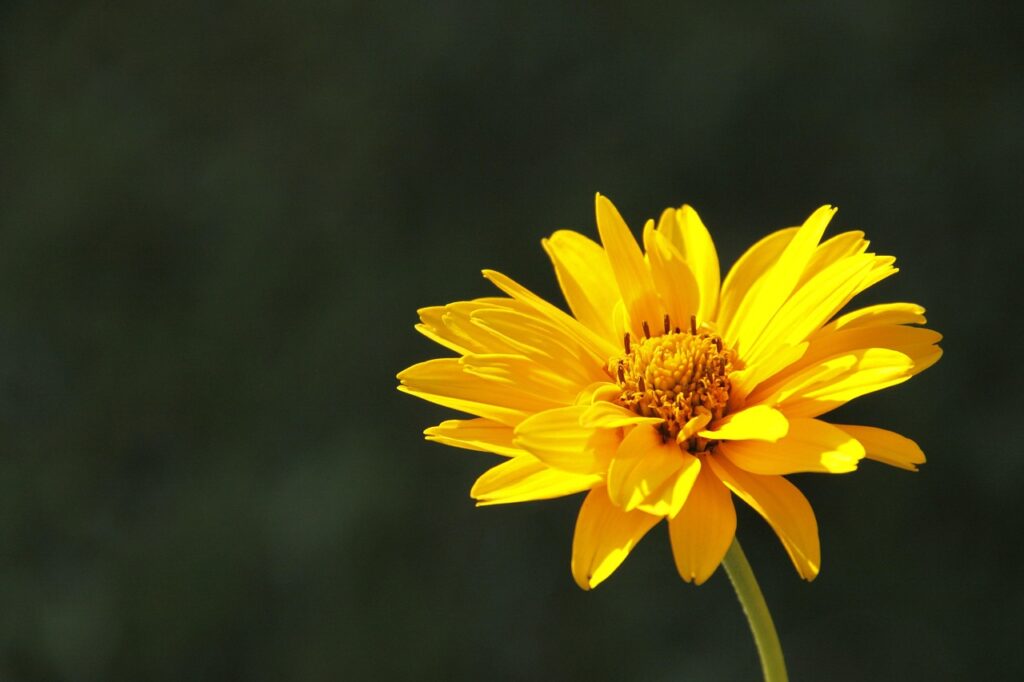
Even those unfamiliar with homeopathy, have likely heard of arnica. Commonly, used as a cream or ointment containing tincture of the plant and used for strains, contusions and muscle soreness.
A tincture is usually an extraction of the plant (or part of) preserved in an alcohol water mixture. Tincture in 10% alcohol is a typical starting point in the homeopathic process of making a potentised remedy.
Do not use Arnica tincture or herbal cream on an open wound as will cause irritation.
The guide word for arnica is BLUNT trauma. Minor bruises do not need homeopathic treatment though topical use of a salve will do no harm.
Homeopathic arnica comes into its own after severe trauma leading to deep bruising. The sort of trauma following a fall, car crash or surgery. In such cases it is the No.1 remedy. In the event that shock is predominant then first give Aconite (see later).
Interestingly Arnica also has an affinity to past trauma. I recall a case taken by the remarkable Prof. George Vithoulkas (still working and in his 90s) when attending a course at his academy in Greece. The patient had been badly assaulted years ago. She had not been well since. Vithoulkas opened the case with homeopathic Arnica!
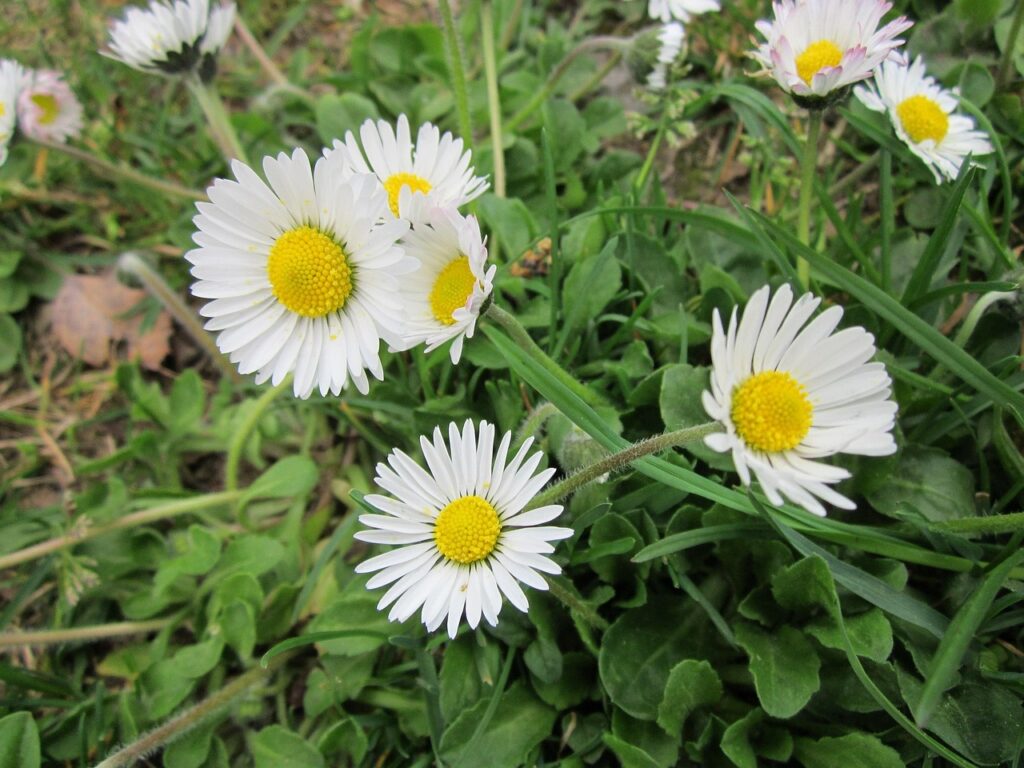
This is the common daisy. Similar to Arnica, but it has particular affinity in cases of surgery to soft organs and blunt trauma to the abdomen or pelvis (including the womb – say, in pregnancy).
It is also a remedy where there has been injury to the nerves.
Apparently, the late Dr James Compton-Burnett, spoke of it being a ‘princely remedy for old gardeners’. In other words of benefit to those overusing their muscles a great deal. Perhaps less of a hazard in this machine age. In my text book I find this remedy also as the No.1 for twisted ankles.
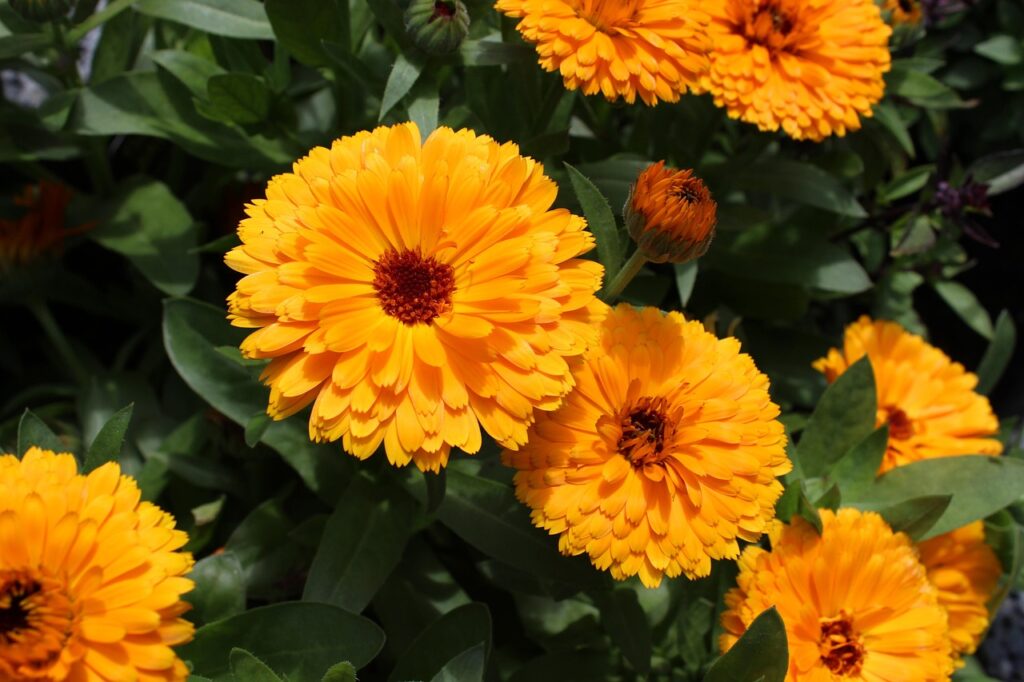
The marigold. ‘The’ remedy to prevent infection and promote healing in clean cut wounds. Also valuable in slow healing ulcers and simple (first degree) burns.
It can be used externally (topically) as tincture or salve and/or internally in homeopathic potency.
Various creams are available over the counter. However, a few drops of mother tincture in boiled and cooled (i.e. sterile) water dabbed onto the wound is equally effective.
An eyewash prepared in a similar way, can ease abrasion of the eye. Ditto a mouthwash after dental procedures (it has haemostatic – stops bleeding – qualities).
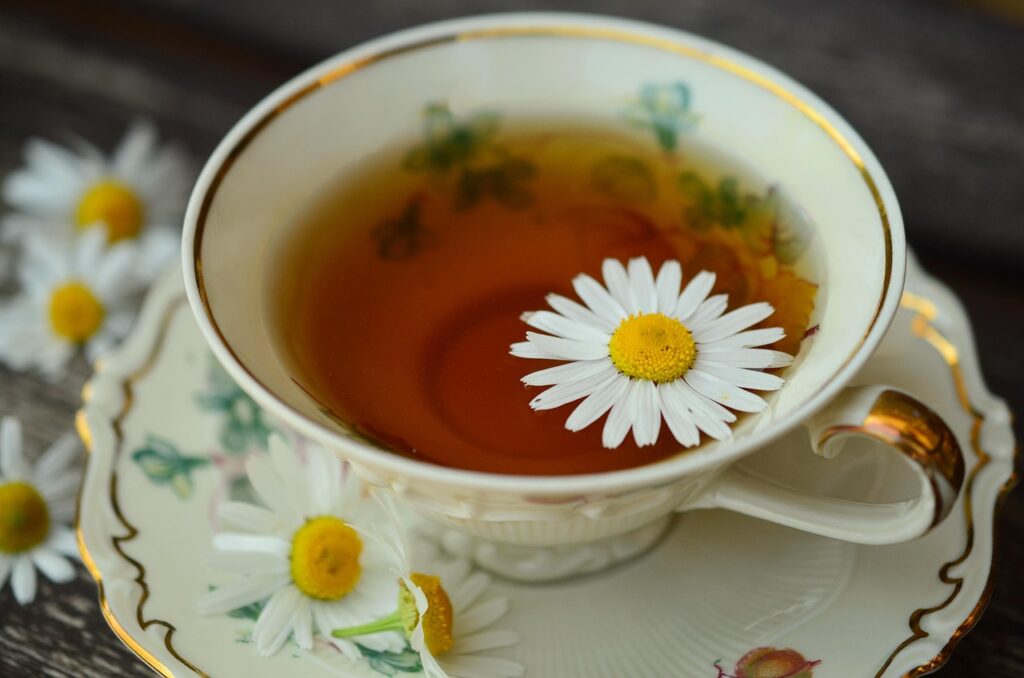
Camomile – more familiar as an infusion, perhaps. Another daisy. In this case to calm pain.
Dr Margaret Tyler was another famous homeopath from the past suggested and alternative name, “cannot bear it”. Chamomilla is a remedy for pain. The general keynote is sensitivity beyond that which might be expected. Hahnemann apparently said not to give chamomilla where sickness is borne with calmness and patience. It gains its place in settling teething children who are unconsolable. Given a toy they throw it away. Only when the child is carried around is there relative ease.
Similarly the adult in pain must pace the floor, so one might think of its use in certain type of toothache.
We move to a different plant family. If you are a gardener, you will be familiar with Hypericum or St. John’s Wort.
This remedy is for wounds to areas dense in nerves. Think of crushing wounds such as fingers caught in a closing door.
Mentioned also is pain lingering after an epidural or episiotomy or even an amputation.

Sometimes known as Marsh Rosemary and in the Rhododendron family.
In common with hypericum, this remedy is for puncture wounds. No.1 for the effects of bites or stings (insect or animal) or stepping on nails, staple guns or such like.
Can be useful in Plantar Fasciitis (heel and arch pain in the sole of the foot)
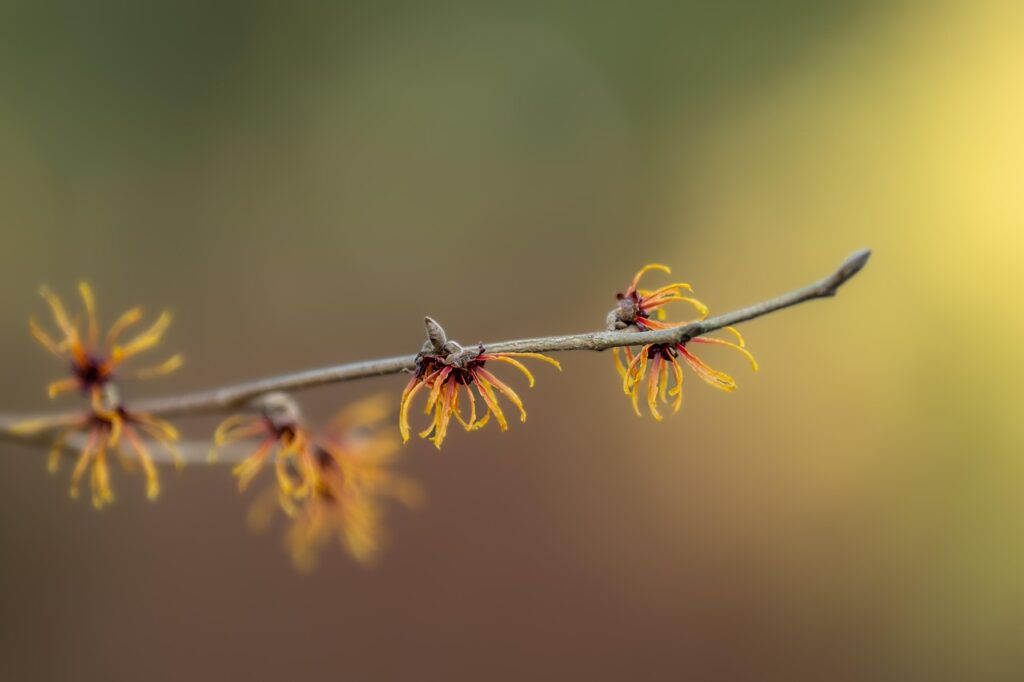
Better known as Witch Hazel. What arnica is to soft tissue, hamamelis is to oozing congestive haemorrhages such as inflamed veins and surrounding tissues. Varicose veins come into this category and haemorrhoids (piles) which are simply varicose veins of the rectum.
A specific remedy for bleeding inside the eye after trauma.
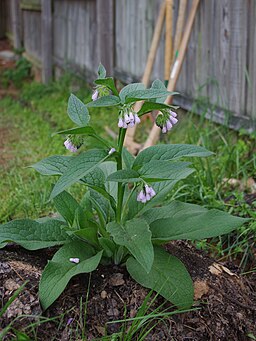
This plant better known to gardeners as Comfrey is also worth a mention. Its specific ‘talent’ is in the healing of fractures (after properly set in place by the orthopaedic department).
To quote “In the case of a fracture a surgeon’s aid is indispensable. At all events, a few doses of Arnica should be administered as it does good in many ways. After the bone has been set …symphytum should be administered internally for a … week or more”. The late Dr Bhanja of Calcutta (The Homeopathic Prescriber).
Finally, I wish to mention Aconite Not in the specific context of physical trauma, but SHOCK following trauma. The mental keynote for Aconite is “anguish of mind and body; the restlessness; the disquiet not to be allayed.” Ailments caused by fear and fright; fear of death.
Give Aconite first if there is shock. Arnica can follow.
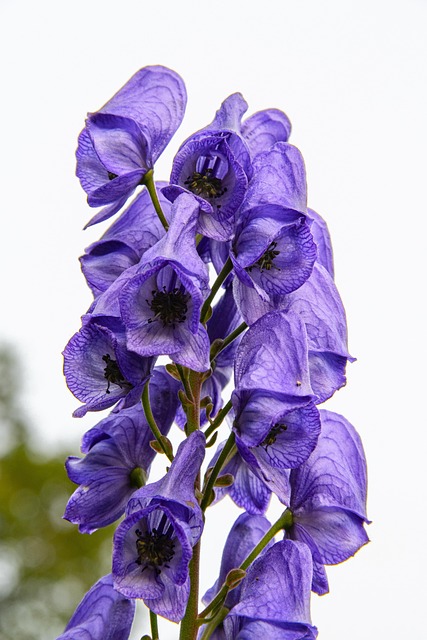
Standard advice is to give nothing by mouth whilst awaiting the paramedics etc. Homeopathic remedies can still be given in this spirit. If you have a homeopathic first aid kit, one pill can be put in a little water and a teaspoon given. Or just moisten the lips. And if there’s no water to hand, a tiny pill popped into the mouth still presents no hazard.
***
Should you need advice on recovery from some trauma, be it physical or emotional please get in touch. I offer a free half-hour discovery call which you can book via my website. Or send an email to [email protected]